Managing Seasonal Peaks & Tariff Fluctuations with On-Demand Warehousing

The email lands in the inbox: an unwelcome missive announcing an impending tariff increase on Q3 imports. For many businesses, a familiar knot tightens. Peak season is already a complex logistical dance, threatening to overwhelm existing warehouse space. Now, this—a tariff hike demanding a difficult choice: absorb the cost and sacrifice margins, or buy ahead, stockpiling inventory before new tariffs hit. But where does all that extra product go? Existing warehouses are often already bursting with seasonal inventory, and expanding a footprint permanently feels like signing up for an expensive, long-term commitment for a problem that is, by nature, temporary.
This scenario isn't unique. Across industries, businesses grapple with the relentless rhythm of seasonal demand fluctuations. The summer rush, the holiday frenzy, the back-to-school surge – each brings a tidal wave of products that need a home, if only for a few weeks or months. Then, just as one challenge subsides, another emerges: the unpredictable nature of global trade, with tariff stockpiling becoming a necessary, albeit complex, defensive strategy. Traditional solutions—leasing more space, building new facilities, or simply hoping for the best—often lead to wasted capital, operational inefficiencies, and a constant, low-level hum of anxiety.
What are the Main Challenges of Managing Inventory for Seasonal Peaks?
Businesses frequently face significant challenges when managing seasonal inventory. Imagine handling inventory for an artisanal chocolate business. In October, orders explode as customers prepare for Halloween. November brings the Thanksgiving rush, and December is a non-stop blizzard of holiday gift sets. For three months, inventory levels are off the charts. But come January, things quiet down significantly. Businesses are left paying for acres of empty warehouse space, a constant drain on profits. This is the classic peak season storage challenge, a dynamic interplay between fleeting demand and fixed costs.
How do Tariffs Impact Inventory Management and Storage Needs?
Now, layer tariffs on top of that. If a chocolate supplier uses imported cocoa, a sudden tariff announcement means there's a window to buy as much cocoa as possible before the price jumps. It’s a smart financial move, a way to protect margins and stay competitive. But that intelligent financial decision instantly becomes an enormous logistical headache. Where does twice, three times, or even four times the usual volume of cocoa beans go? Existing facilities simply can’t handle the inventory overflow.
Many businesses find themselves caught in this Catch-22. They need agility to respond to market shifts and seasonal opportunities, but the infrastructure designed for stability often becomes a rigid cage. The fear of stockouts during peak season pushes them to over-order, leading to excess inventory consuming valuable space. Conversely, the need to pre-empt tariff hikes forces them into strategic buying decisions that quickly turn into storage nightmares. It’s a constant juggle, a frantic search for equilibrium in a volatile landscape.
Why are Traditional Warehousing Solutions Inefficient for Fluctuating Demand?
For decades, the standard approach to warehousing was simple: predict maximum need, then lease or build for it. This made sense in a more predictable world, but today, it’s like trying to navigate white-water rapids in a battleship.
Understanding the Inflexibility and Cost of Fixed Warehousing
- Fixed Costs, Fluctuating Needs: A long-term lease commits a business to a fixed monthly payment, regardless of whether a warehouse is 20% full or 100%. When demand dips, capital is tied up in empty space. When demand surges, businesses scramble for temporary, often overpriced, solutions.
- Lack of Agility: Traditional warehousing is inherently inflexible. Scaling up requires lengthy negotiations, build-outs, or sub-leasing, all of which consume time businesses don't have when a sudden opportunity (or threat) arises. Scaling down is even harder, often involving breaking leases or finding sub-tenants, incurring penalties and administrative burdens.
- Capital Intensive: Building a dedicated warehouse or committing to multi-year leases ties up significant capital that could be better invested elsewhere – in product development, marketing, or technology.
Geographic and Operational Constraints Explained
- Geographic Limitations: A primary warehouse might be perfectly located for daily operations, but what if a new market opens up across the country, or there's a need for a temporary hub near a port for tariff-driven imports? Traditional models struggle with this kind of distributed, on-demand requirement.
- Operational Inefficiencies: Relying on ad-hoc solutions for overflow during peak times often leads to inefficiencies—products get misplaced, shipping is delayed, and the overall customer experience can suffer. The thought of repeating such scenarios, especially on a larger scale due to tariff stockpiling, can prompt a reevaluation of an entire supply chain strategy.
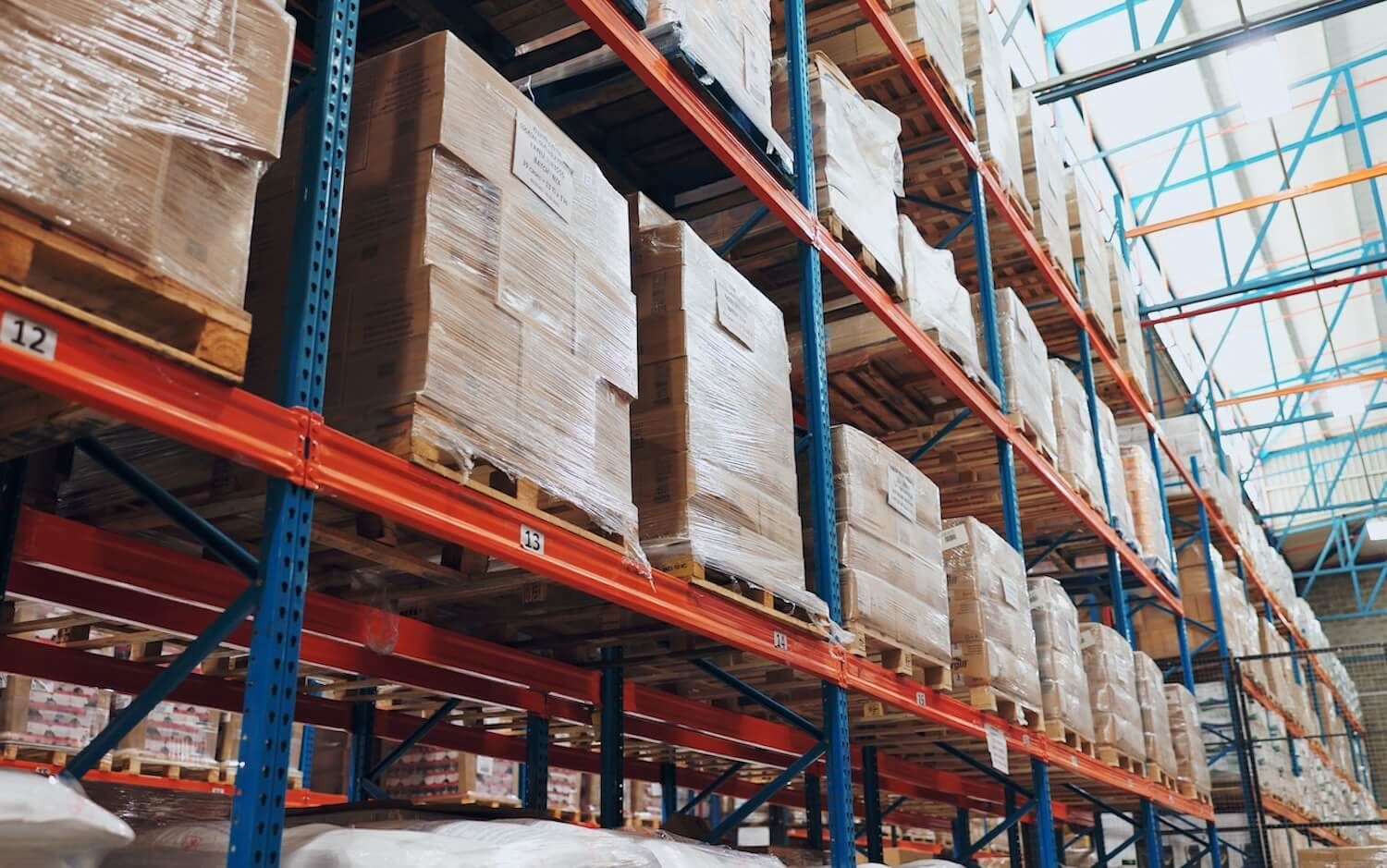
What is On-Demand Warehousing and How Does it Solve Inventory Challenges?
What if there were a way to have the exact amount of warehouse space needed, precisely when it's needed, and only for as long as it's needed? What if businesses could expand and contract their storage footprint with the fluidity of water, not the rigidity of concrete?
Enter on-demand warehousing. This revolutionary approach is reshaping how businesses manage their inventory, offering a flexible, scalable, and cost-effective alternative to traditional models. Think of it as the Airbnb for industrial space. A vast network of pre-vetted warehouses, strategically located, offers their excess capacity to businesses on a short-term, flexible basis.
This means a tangible solution to immediate crises. Instead of committing to a new five-year lease for a building that will only be half-filled for a few months, businesses can tap into a network of available spaces. Need 500 pallets for a pre-tariff surge? Done. Need to reduce that to 100 pallets after the holidays? Easy.
Key Benefits of Using On-Demand Warehousing
Operational Flexibility and Cost Savings
- Unparalleled Flexibility for Seasonal Peaks: No more paying for empty space during off-peak seasons. Businesses simply book the capacity needed for their seasonal inventory surges, whether it's for a few weeks, a month, or a quarter. This dramatically reduces carrying costs and frees up capital.
- Strategic Shield Against Tariff Volatility: When tariff changes loom, on-demand warehousing becomes a strategic weapon. Businesses can confidently buy ahead, knowing they have a reliable, temporary home for their tariff stockpiling. This allows for the mitigation of cost increases, maintenance of competitive pricing, and avoidance of supply chain disruptions.
- Eliminate Inventory Overflow Headaches: The fear of running out of space becomes a relic of the past. Whether it's an unexpected large order, a production overage, or a strategic bulk purchase, on-demand solutions provide immediate relief for any inventory overflow.
Enhanced Agility, Scalability, and Reliability
- Agility and Speed to Market: Launching a new product line? Testing a new market? On-demand warehousing allows businesses to quickly establish a presence in new geographic areas without the overhead of permanent facilities. This speed can be a significant competitive advantage.
- Cost Efficiency and Predictability: Businesses pay only for the space and services used, turning what were often large, unpredictable capital expenditures into predictable, variable operating costs. Many platforms offer transparent pricing, making budgeting much simpler.
- Access to a Vetted Network: Reputable on-demand warehousing platforms carefully vet their partners, ensuring quality, security, and adherence to industry standards. This peace of mind is invaluable, especially when entrusting valuable inventory to a temporary solution.
How On-Demand Warehousing Empowers Business Growth and Resilience
Adopting on-demand warehousing means reclaiming control. The immediate crisis of a tariff hike can be averted, and a deeper, strategic advantage becomes clear. For upcoming peak seasons, businesses can confidently order larger quantities of their most popular items, knowing they have flexible peak season storage at their fingertips, rather than being constrained by the limits of a fixed warehouse.
The constant stress of playing Tetris with pallets, the anxiety of unexpected surges, the fear of being caught off-guard by global economic shifts – all can begin to dissipate. Businesses can look at their supply chain with renewed optimism. They aren't just reacting to challenges; they are proactively building resilience. They can make bolder purchasing decisions, explore new product lines, and scale their operations with unprecedented confidence, all thanks to the flexible buffer that on-demand warehousing provides.
This isn't just about finding a temporary home for goods; it's about transforming an operational mindset. It’s about moving from a reactive position, constantly battling limitations, to a proactive one, embracing agility and seizing opportunities. It’s about building a supply chain that bends without breaking, a system that thrives on change rather than being crippled by it.
The landscape of commerce is more dynamic than ever. Seasonal swings are becoming more pronounced, and global trade policies can shift with little warning. In this environment, businesses need partners who offer not just solutions, but strategic advantages. On-demand warehousing is more than just a service; it's an empowering strategic tool that provides the ultimate flexible buffer to manage unpredictable inventory levels without long-term commitments.
Don't let seasonal peaks or tariff fluctuations dictate your business's potential. Imagine the freedom of scaling your operations up or down effortlessly, of never paying for empty space again, and of turning every logistical challenge into an opportunity for growth.
Ready to embrace unparalleled flexibility and protect your bottom line?
Manage inventory fluctuations efficiently with Razr Logistics' on-demand warehousing. Discover how your business can optimize storage, reduce costs, and gain the competitive edge you need in today’s unpredictable market.

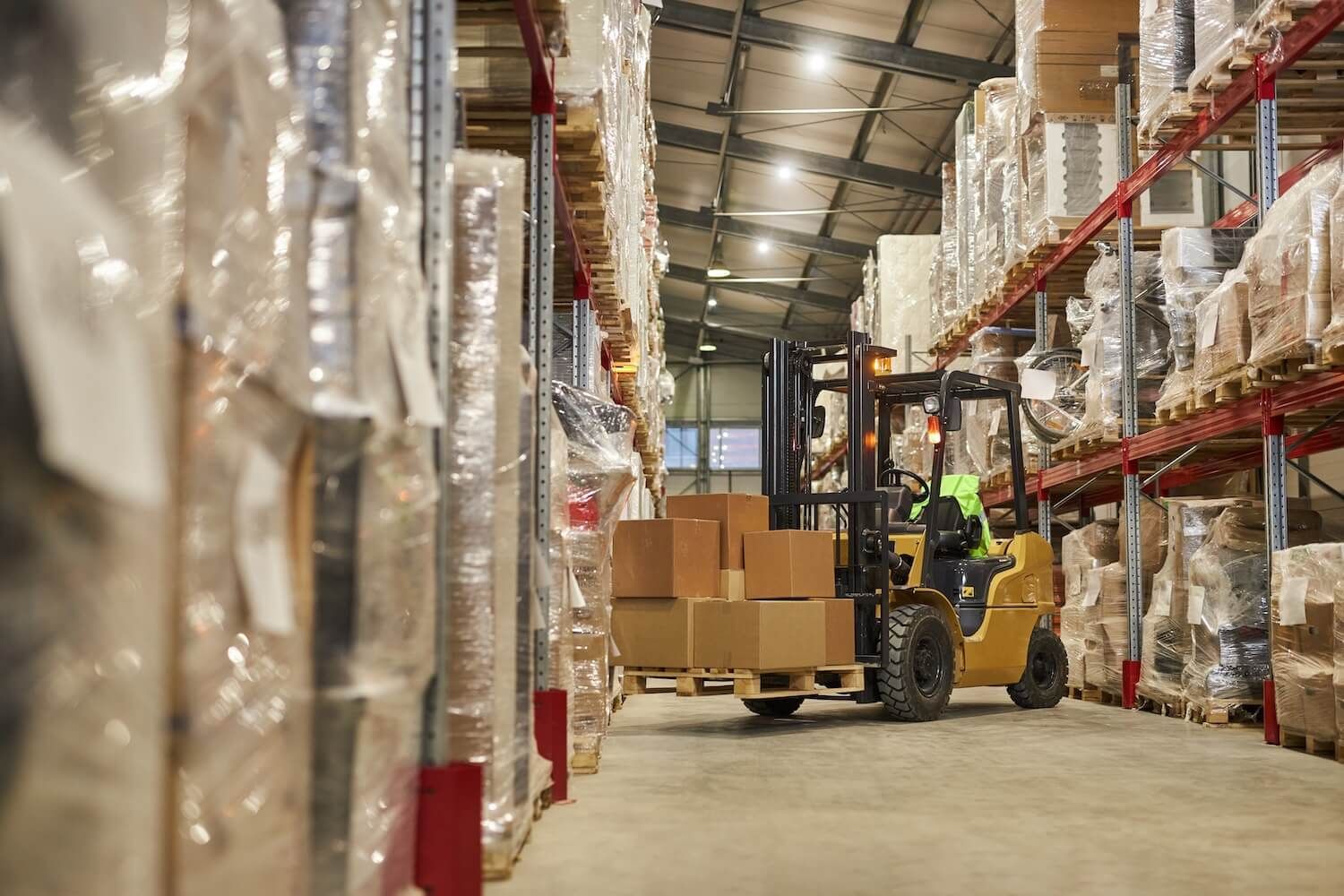

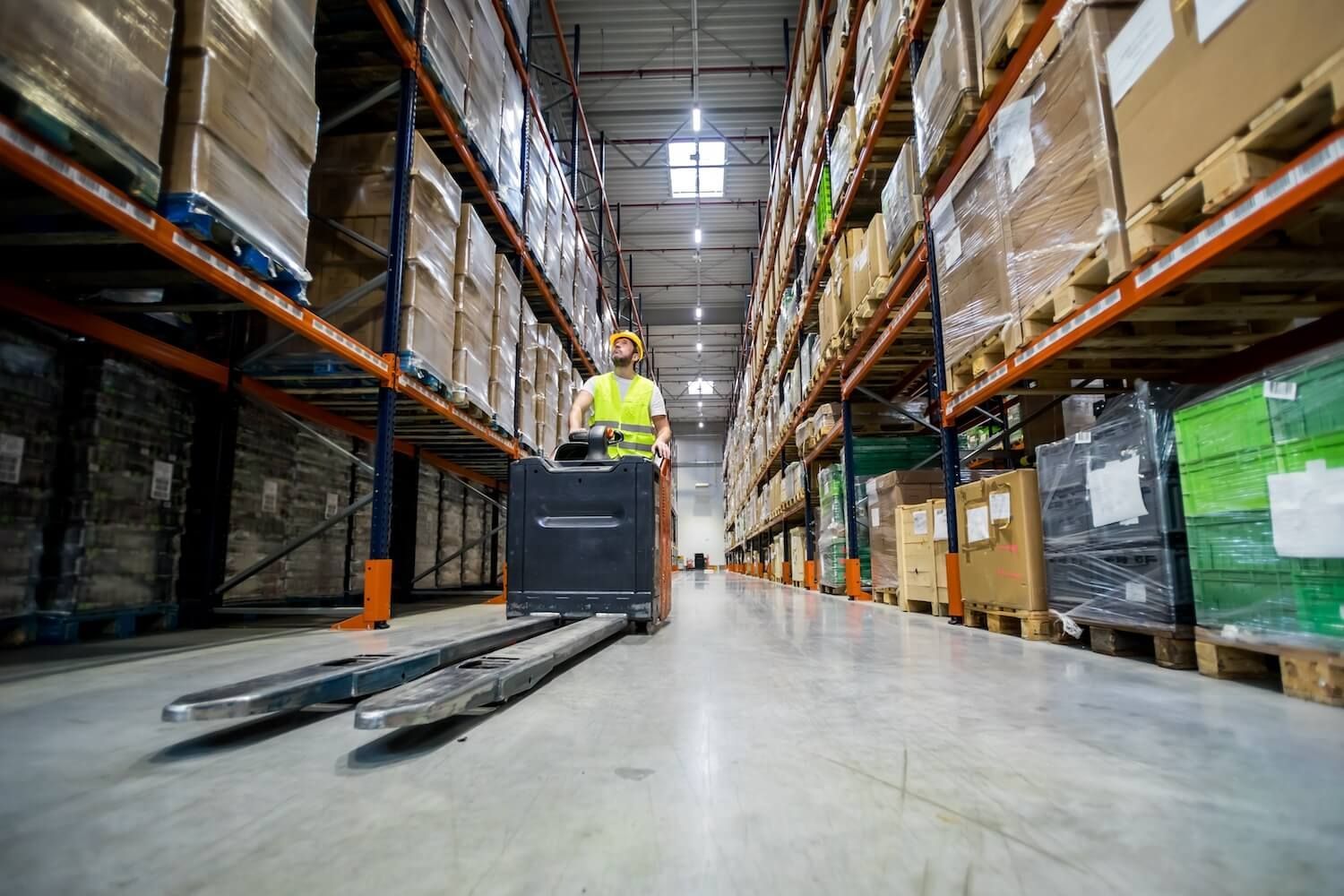

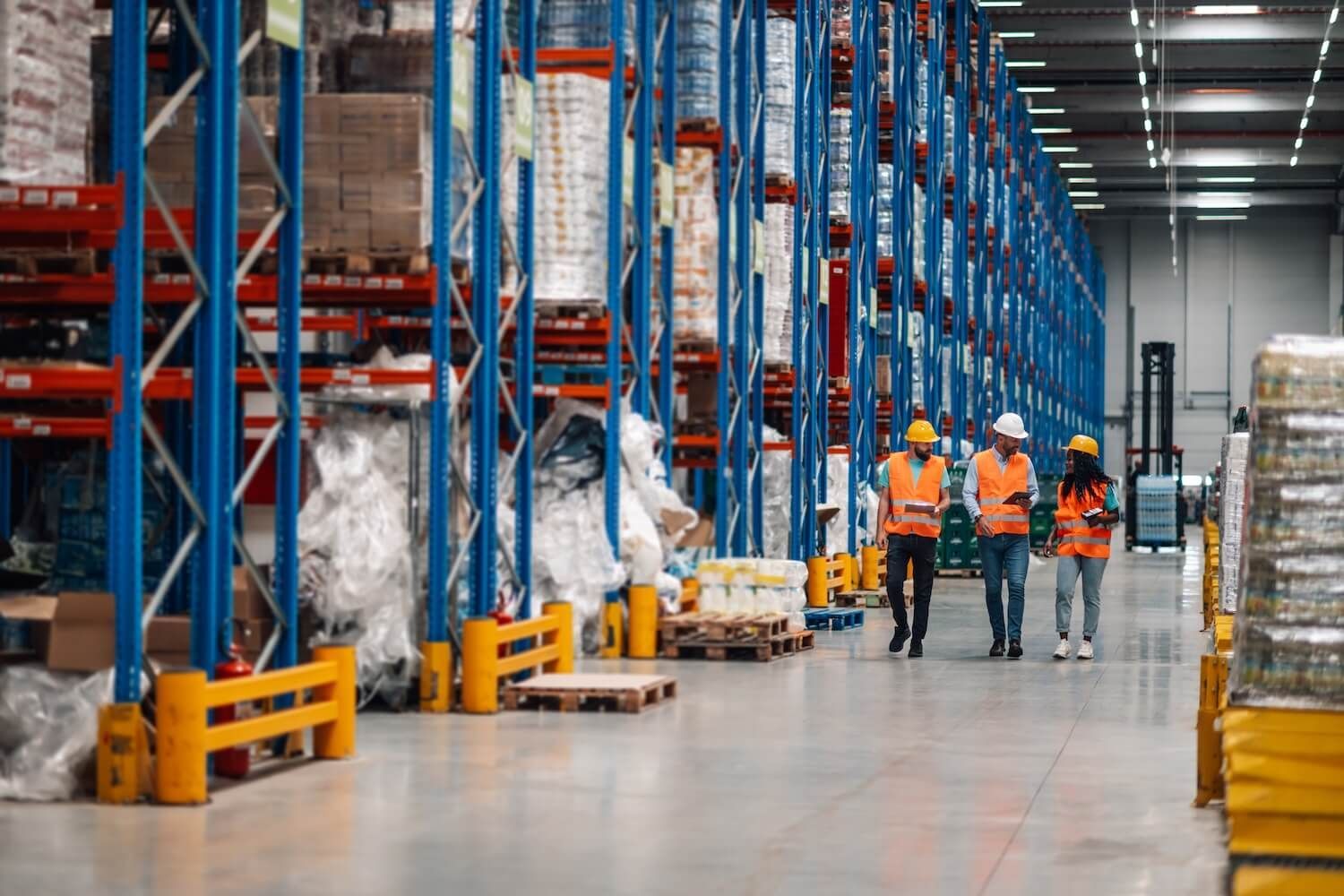
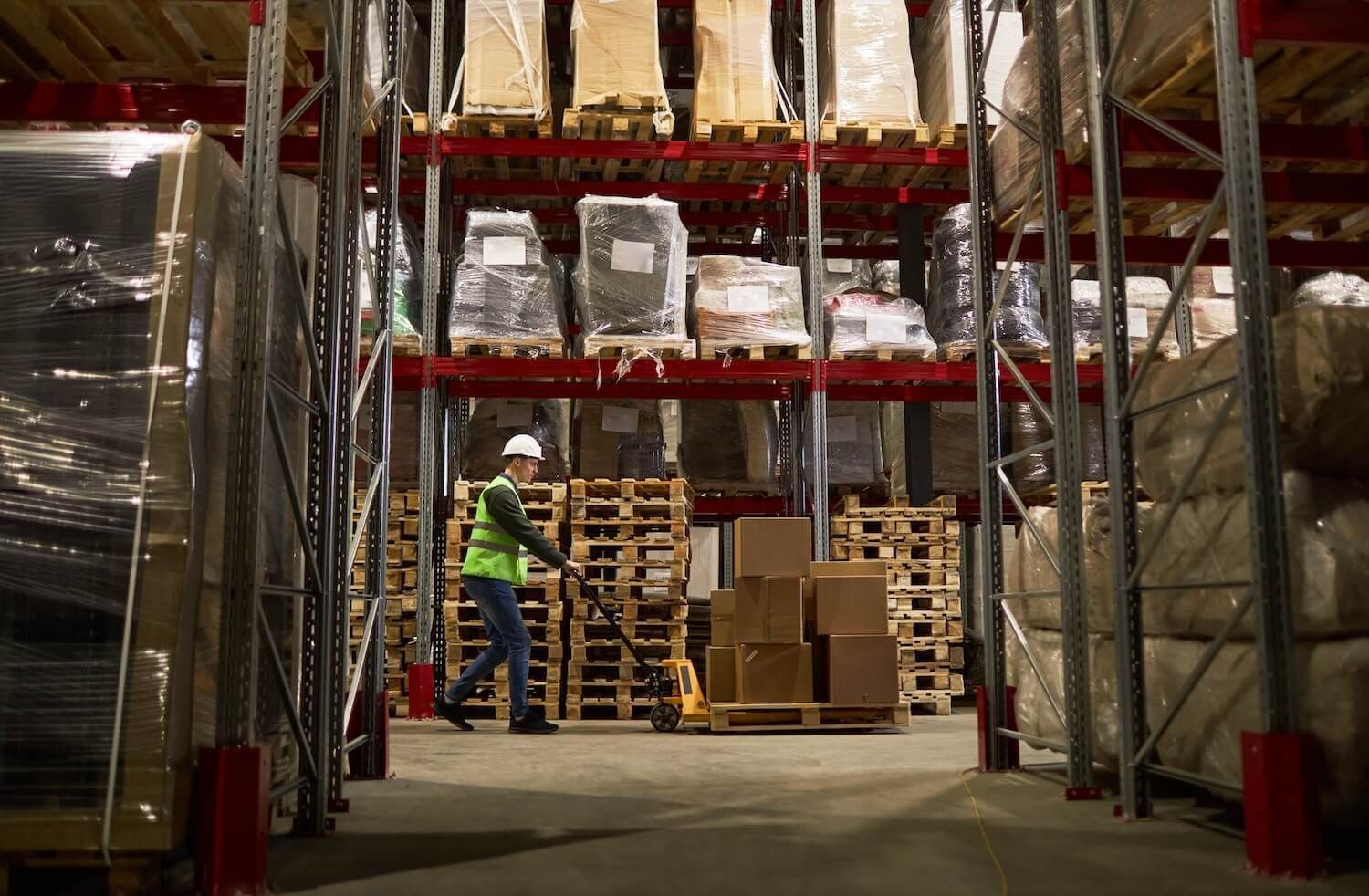

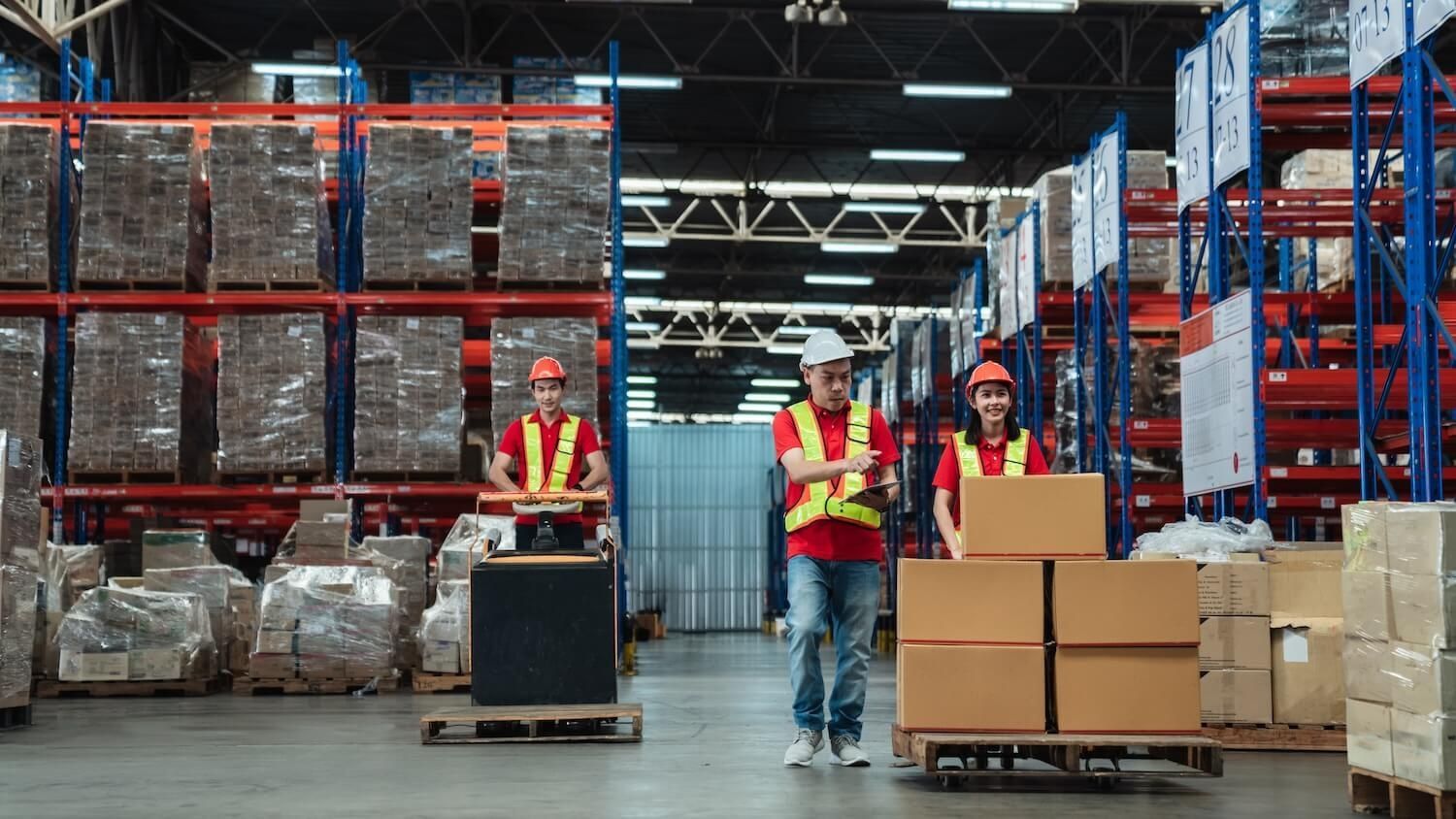
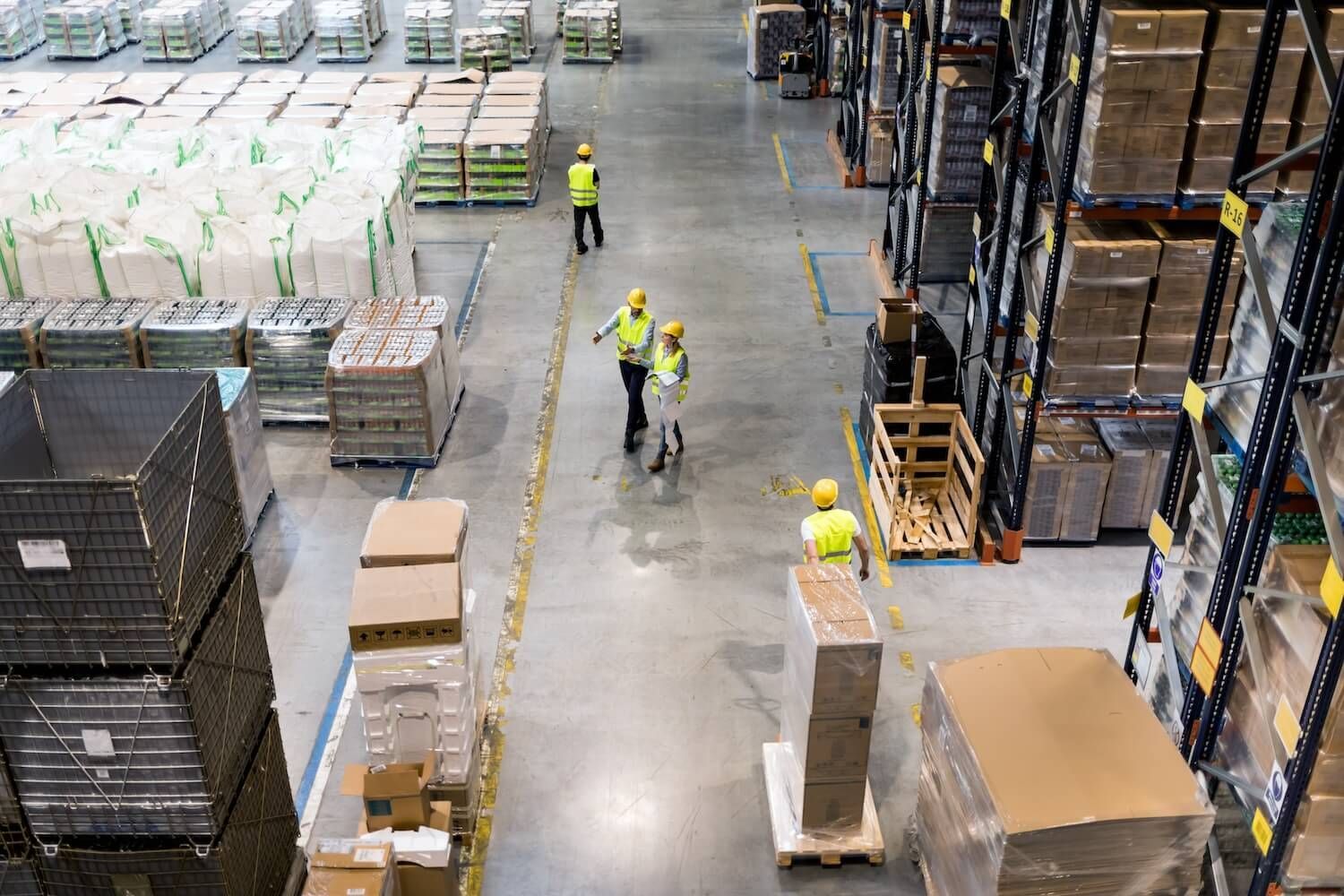
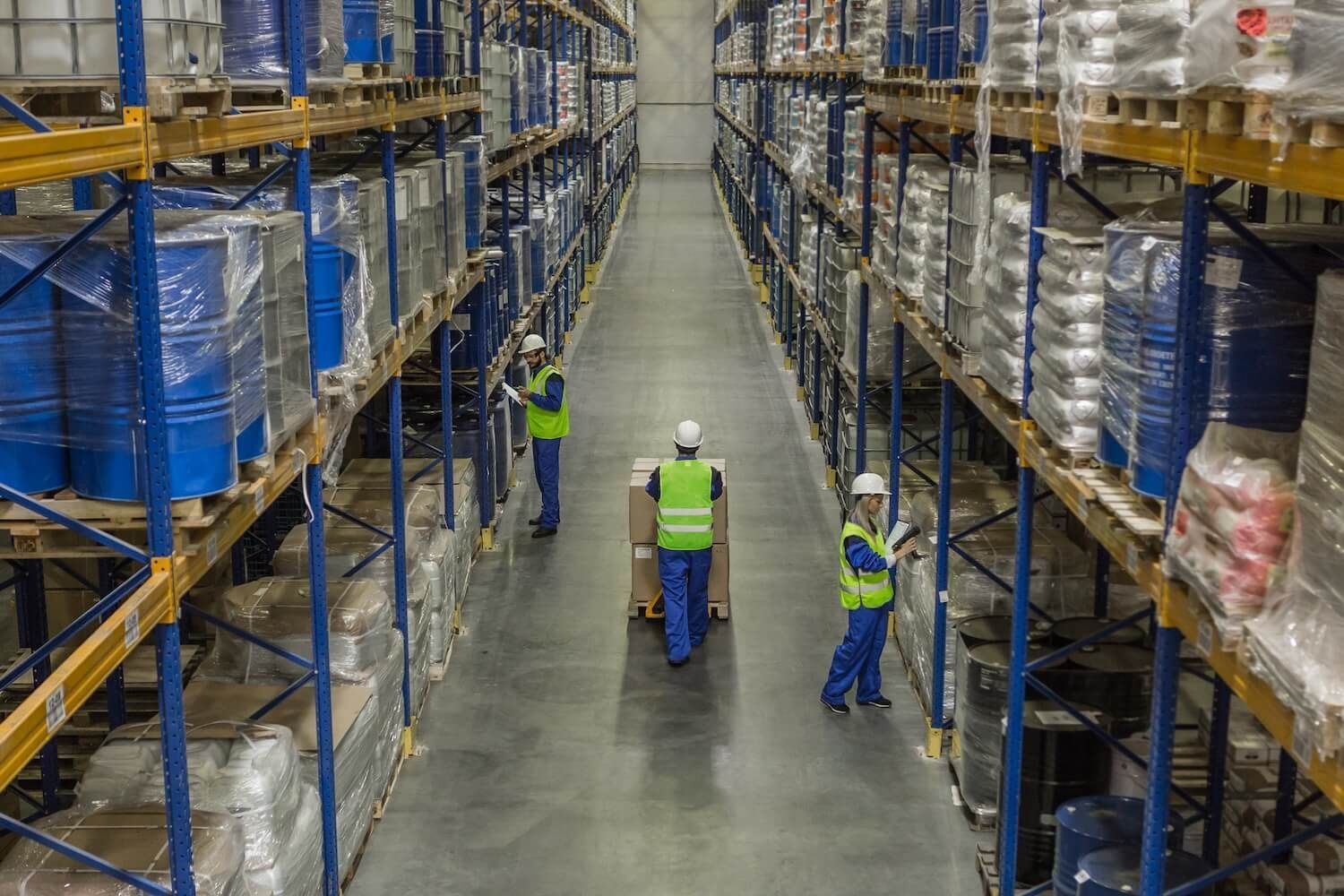

 by
by